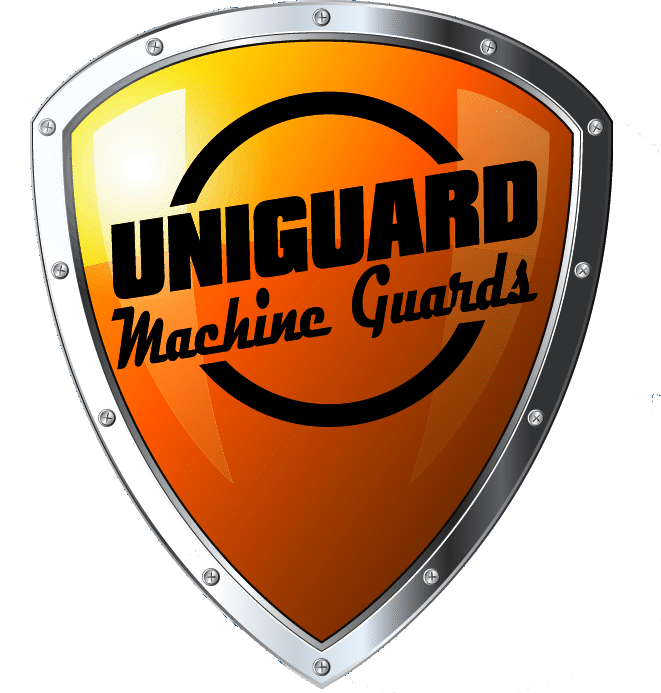Pump Machine Guards – OSHA Regulations
In order to reduce the risk of injuries among workers who operate machines such as pumping equipment, machine guards have been developed. Machine guards protect pumping equipment operators from harmful risks such as chemical contact and injuries. Although they are common complications that pumping machine operators may encounter, these machine guards must be used strictly to protect the workers and prevent employer’s liability.
Standards for Machine Guarding by OSHA
OSHA or Occupational Safety & Health Administration has provided four main standards which must be followed for machine guarding methods. These include the following:
OSHA 1910.212(a) (1)
Machine operators and other employees at risk of injuries in the work area must be provided with one or more appropriate machine guards which include electronic safety devices and barrier guards.
OSHA 1910.212(a) (2)
The machine guards must be attached to the machine or placed in a secured area to be used by any worker or operator who will be in contact with the machine. The machine guard itself must also be protected from damaging factors.
OSHA 1910.212(a) (3) (ii)
The machine guard that will be used must be manufactured based on approved standards. In the absence of standards, it must be manufactured in such a way that it protects the operators’ body parts from any risk in the danger zone.
OSHA 1910.212(a) (3) (iii)
Special tools which will act as additional protection must also be present. This will be used in handling materials in the danger zone to prevent harmful risk to the equipment operator. These special tools must be used in addition to other machine guards.
With the use of machine guarding methods, the risk of amputations, crushing injuries and many other damages brought about by different machines can be decreased. Employers must strictly implement the use of these materials and employees must strictly adhere to the rules of using machine guards.
